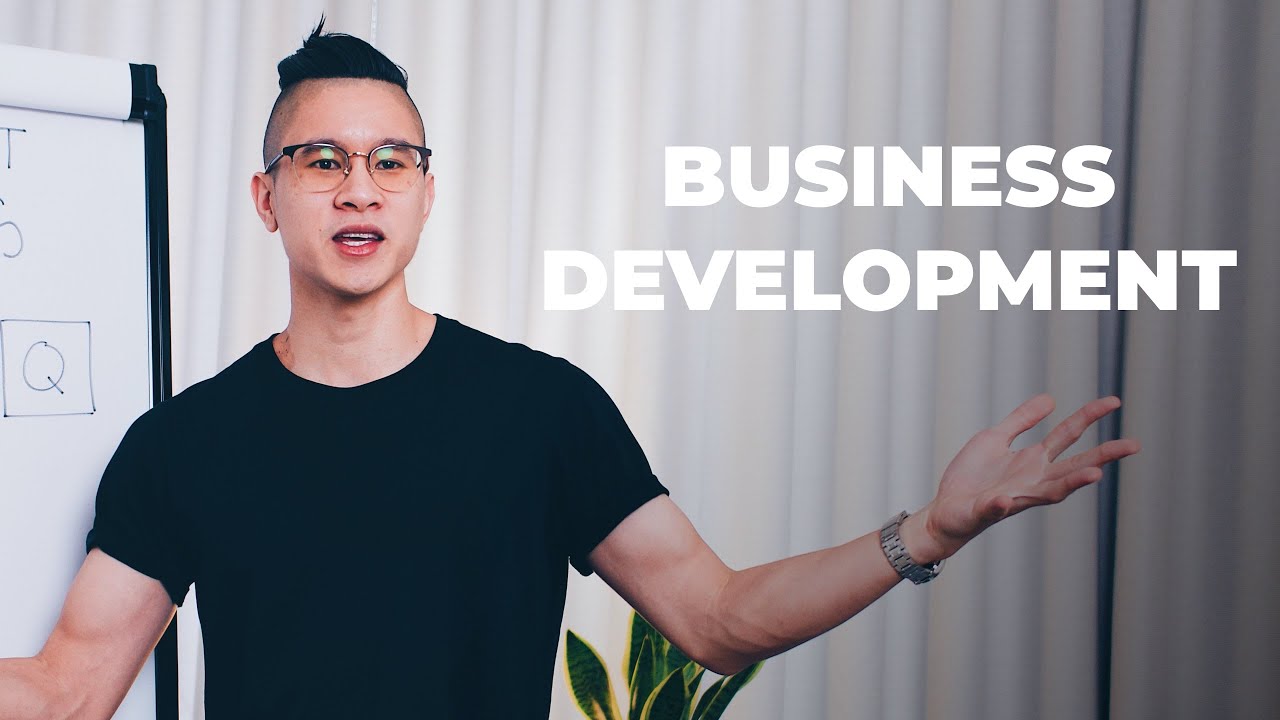Sales Prospecting For B2B Sales & Business Development
Summary
TLDRIn this video, Patrick Dang explains the fundamentals of B2B sales prospecting, emphasizing the importance of identifying and reaching out to dream clients. He introduces the concept of an Ideal Customer Profile (ICP) to target the right audience and discusses the emotional aspect of sales, highlighting the need to address the customer's pain points. Patrick outlines three main prospecting methods: cold emailing, LinkedIn outreach, and cold calling, suggesting that the most effective method depends on the industry. He encourages viewers to find what works best for their specific market and to scale up that approach for optimal results.
Takeaways
- 😀 Selling success hinges on finding and reaching out to the right customers, not just having a great product or service.
- 🔍 B2B sales prospecting involves identifying and connecting with potential customers who are a good fit for your offerings.
- 📈 The importance of watching the video to the end is emphasized to learn effective strategies for client acquisition and avoid wasted efforts.
- 👍 Encouragement to like, subscribe, and enable notifications for more content on sales and business development.
- 🏢 Understanding sales prospecting involves recognizing the role of a salesperson or business development representative within a company.
- 🤔 The process of identifying prospects involves reaching out to determine if they have a problem your product or service can solve.
- 🎯 The concept of an Ideal Customer Profile (ICP) is crucial for narrowing down who would be a good fit for what you're selling.
- 📊 ICP involves considering demographic factors like age, location, company size, and industry to filter potential customers effectively.
- 💡 Beyond demographics, understanding the emotional needs and pain points of potential customers is key to successful sales.
- 📧 Cold emailing is highlighted as a cost-effective and easily accessible method for initiating contact with potential customers.
- 🤝 LinkedIn is positioned as a valuable platform for connecting with business professionals and sending targeted messages.
- 📞 Cold calling, while less scalable, can be effective in certain industries where professionals are often reachable by phone.
- 🔑 The script suggests that the most effective prospecting method depends on the industry, and finding what works should be scaled for better results.
- 🌟 A free in-depth training is offered for those looking to enhance their sales skills and learn how to sell effectively to anyone.
Q & A
What is the main focus of Patrick Dang's video?
-The main focus of Patrick Dang's video is to explain B2B sales prospecting and business development, showing viewers how to effectively reach out to their dream clients.
Why is finding and reaching out to dream customers essential for a business?
-Finding and reaching out to dream customers is essential because without the ability to connect with potential clients, even the best products or services cannot generate business.
What does Patrick suggest doing at the beginning of the video?
-Patrick suggests giving the video a like, subscribing if the viewer hasn't already, and turning on notifications to stay updated with his content.
What is the definition of sales prospecting according to the script?
-Sales prospecting is the process of identifying and reaching out to potential customers who might be a good fit for a company's product or service, with the aim of initiating a transaction.
What is an Ideal Customer Profile (ICP) and why is it important?
-An Ideal Customer Profile (ICP) is a detailed description of the type of customer who would be a perfect fit for a company's product or service. It is important because it helps in targeting the right audience for sales efforts.
How does Patrick describe the process of identifying a prospect's pain?
-Patrick describes it as understanding the emotional needs and problems of potential customers that they are willing to pay to solve, which is crucial for making a sale.
What are the three main methods Patrick discusses for reaching out to prospects?
-The three main methods discussed are cold emailing, using LinkedIn to connect and message prospects, and cold calling.
Why is cold emailing considered cost-effective according to the video?
-Cold emailing is considered cost-effective because it is easy to find someone's email and sending an email is free, making it a low-cost method of outreach.
What is the advantage of using LinkedIn for prospecting as mentioned in the script?
-LinkedIn is advantageous for prospecting because it is a professional network where one can easily find and connect with specific individuals or companies, and send them targeted messages.
What challenges does Patrick mention about cold calling?
-Patrick mentions that cold calling is less scalable due to the physical effort required to dial and reach out to prospects, and the fact that many times they may not answer the call.
How does Patrick suggest determining the most effective prospecting method for one's industry?
-Patrick suggests researching online to see how others in the same industry are finding leads and getting meetings, and then trying and scaling the method that is most common and effective for that industry.
Outlines

This section is available to paid users only. Please upgrade to access this part.
Upgrade NowMindmap

This section is available to paid users only. Please upgrade to access this part.
Upgrade NowKeywords

This section is available to paid users only. Please upgrade to access this part.
Upgrade NowHighlights

This section is available to paid users only. Please upgrade to access this part.
Upgrade NowTranscripts

This section is available to paid users only. Please upgrade to access this part.
Upgrade NowBrowse More Related Video
5.0 / 5 (0 votes)





